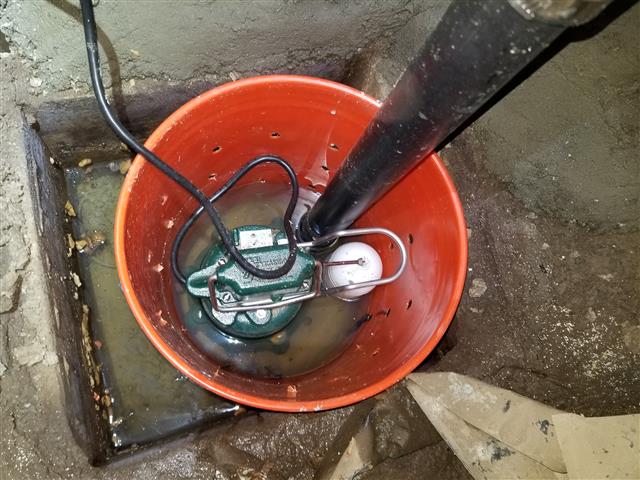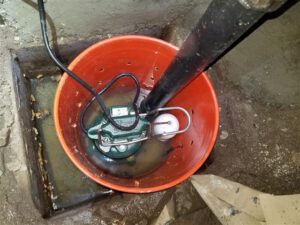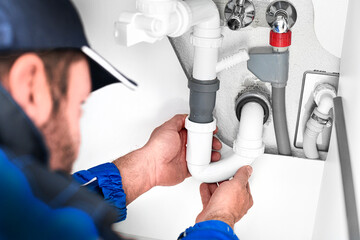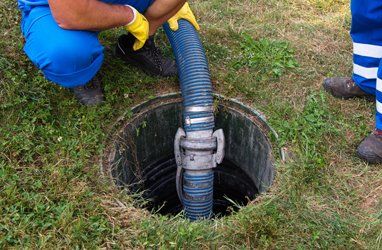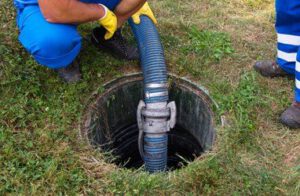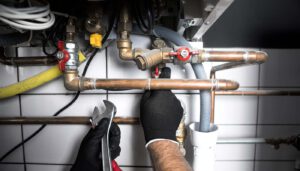If you’re interested in a career that involves installing, repairing, and maintaining pipes and fixtures, consider pursuing a plumbing profession. Plumbers analyzes the problems, makes accurate measurements and calculations, and ensures their work’s safety. They also need a strong understanding of mechanics and technical concepts. This helps them troubleshoot and determine solutions for difficult problems.
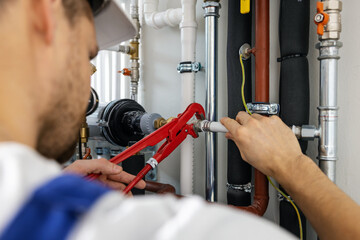
Plumbers work to install, maintain, and repair pipe systems that move water from reservoirs and treatment plants to homes and commercial and industrial buildings. They also install waste disposal, drainage, gas, heating, and cooling systems.
For new construction projects, plumbers plan the piping route to fit into the space with as little waste as possible and ensure that all connections are firm and sealed. They cut away drywall, lift tiles and other objects to make room for the piping, seal them up with grouting and test the system to be sure everything is working properly.
They also install toilets and sinks, countertops and other fixtures for the home. They can also install energy efficient plumbing products to reduce the home’s overall utility bills. These products include low-flow toilets and showerheads, and water heaters that use less electricity to heat the water. These products are ideal for homeowners who are concerned about their impact on the environment and want to save money while maintaining a high quality home.
Plumbers are highly skilled and knowledgeable when it comes to fixing a variety of plumbing systems. Their expertise can save a homeowner a significant amount of money in the long run, which is why it’s often advised that home owners call a professional when dealing with a complicated or difficult repair project.
The cost to hire a plumber will vary depending on the complexity of the job. Some tasks are simple and straightforward, while others may require an onsite inspection or special tools, which will add to the bill. Larger repair projects will typically cost more per square foot than smaller fixes, and the type of materials used may impact costs as well. Smaller repairs can be made by homeowners using a patch kit and a bit of elbow grease. However, larger holes will likely require a more comprehensive solution, such as a drywall replacement and some sanding. This will usually involve a more expensive joint compound and other materials.
Plumbing maintenance is the process of keeping a system of pipes, valves and drains working properly. It may include installing new faucets, repairing leaks, and inspecting piping for potential problems.
Plumbers also offer preventative maintenance services, such as winterizing a system or testing the pressure relief valve on a water heater. This can save you money and headaches in the long run.
Preventative maintenance (PR) works on a fixed schedule and typically includes activities like cleaning, monitoring, and inspecting. It is designed to identify issues before they become a problem and can sometimes be done at no cost.
Condition-based maintenance (CBM) is another approach that uses real-time data to determine when a device or machinery should be maintained. This method is less labor intensive than PR but can be more expensive up front.
Plumbers offer sales services, such as installing new water heaters or replacing leaking pipes. This type of work typically generates revenue from a variety of sources, including referrals and targeted marketing.
Creating a strong customer service experience is the best way to build a loyal customer base. It can also help you gain positive online reviews.
Give homeowners multiple good-better-best options on repairs, upgrades and recommendations to help them make decisions. This will help them determine what works for them and your company.
Instead of just giving customers a price for the repair or replacement, offer them detailed descriptions and photos of options that are both good and better than what they have now. This will show them the value in upgrading and will help you get more estimates.
Use plumbing software to streamline your quoting process. This will ensure accurate estimates and a quicker turn-around for your technicians.

